The 2025 Nobel prize in chemistry was awarded to Susumu Kitagawa at Kyoto University in Japan, Richard Robson at the University of Melbourne in Australia, and Omar Yaghi at the University of California, Berkeley in the US, ‘for the development of metal–organic frameworks’ (MOFs).
This Nobel has been predicted for a while. Research on MOFs has exploded since the 2010s and it seems like hardly a day goes by when there isn’t a paper about a new designer porous material or a new problem that they can solve. From water and carbon dioxide capture, to filtration and storage of hazardous materials, and applications in catalysis, MOFs’ tunable porosity and chemistry have made them a playground for materials design.
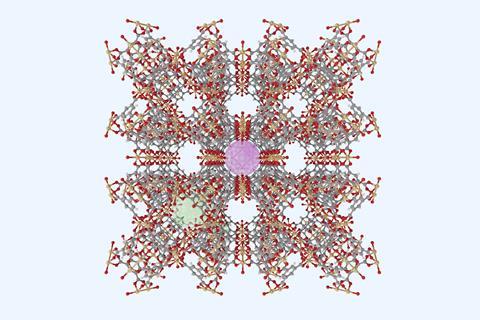
And it’s not just academic research. A cursory look at patent data shows over 125,000 patents on these materials being filed – by companies and universities alike – from the early 2000s onwards, with significant acceleration from 2013 to around 2022.
Perhaps part of the reason the Nobel committee has chosen to recognise MOFs now is that they are slowly beginning to deliver some of their promised benefits in more commercial environments. Since 2023, BASF has partnered with Svante to produce a MOF material for carbon capture at multi-tonne scale. Similarly Nuada (formerly MOF Technologies) has ongoing trials of its carbon-capturing MOF at an energy-from-waste facility in the UK. And Numat has established itself as a producer of specialist filtration and storage materials, such as gas mask filters that can capture and destroy chemical warfare agents. Other companies are scaling up MOFs for use in wide-ranging applications including energy storage.
Scale-up of MOF production remains a challenge – in part because of their individuality. While there are aspects of MOF synthesis that are common across families of materials, changes to metals or linkers inevitably lead to their own challenges. Maintaining control of structure, porosity and performance is much harder at industrial scale than in the laboratory.
Unsurprisingly, given the vast array of potential structures and synthesis methods that exist, computational predictions and artificial intelligence are increasingly being applied to MOF research and design, attracting attention from tech giants like Meta to develop new tools and algorithms.
It has felt like MOFs have been on the verge of commercial breakthroughs for a number of years – perhaps this Nobel prize will help provide the impetus to accelerate these elegant materials to real-world impact.





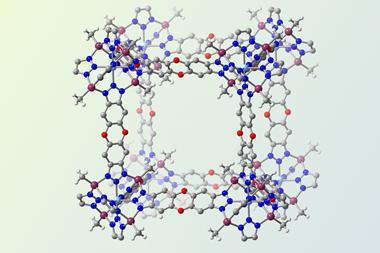

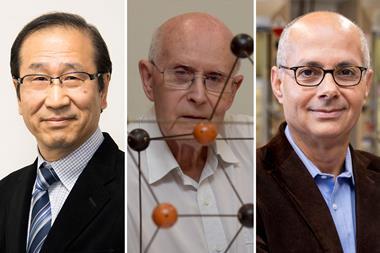

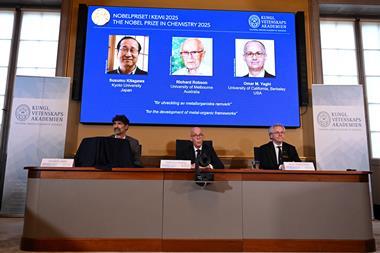



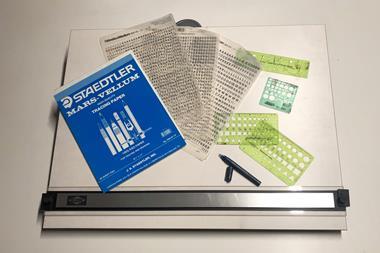



No comments yet